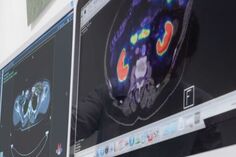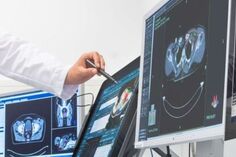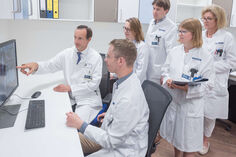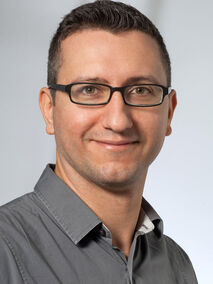Biophysics in Particle Therapy
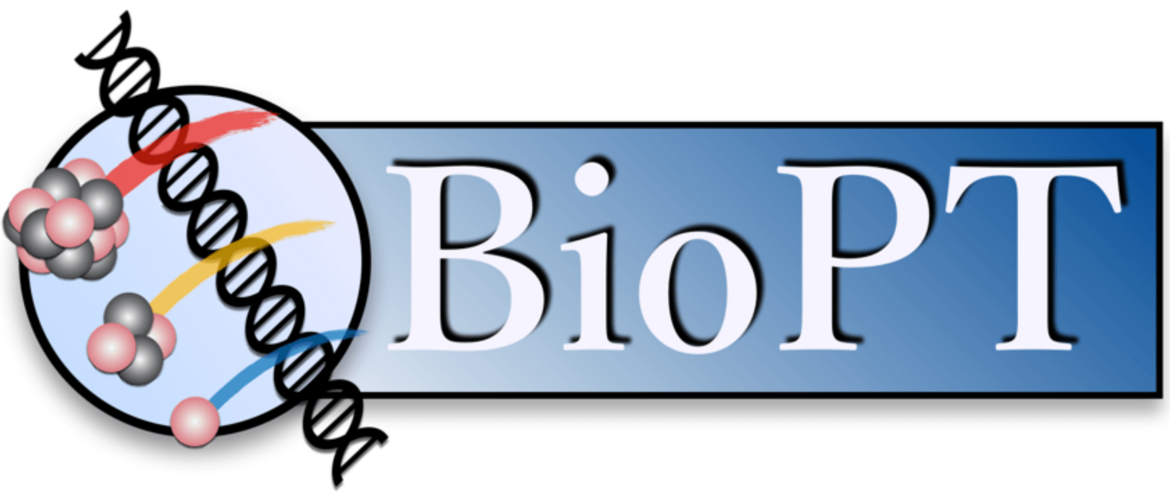
Recent technological advances have made cutting-edge particle therapy modalities more accessible to the general public. Light (1H, 4He) and heavy (12C, 16O) ion beams exhibit favorable therapeutic properties for cancer therapy, affording clinicians the power to deliver radiation dose to tumors with high precision and conformity while significantly sparing surrounding healthy tissues and critical anatomic structures. Through application of state-of-the-art delivery systems patients with aggressive radio-resistant disease can be effectively treated at facilities like the Heidelberg Ion Beam Therapy Center (HIT).
The Biophysics in Particle Therapy group (BioPT) specializes in advancing various aspects of particle therapy to enhance its effectiveness and precision in treating cancer. Current projects span from developing biophysical models for predicting radiation effects to integrating improved imaging techniques into treatment planning and monitoring. Additionally, current research includes treatment planning strategies, microdosimetry, and novel treatment delivery techniques (e.g., arc therapy, mini-beams, FLASH). Finally, the group is involved in the development of a fast Monte Carlo dose engine and the exploration of applications of AI in particle therapy. A combination of these efforts with clinical investigations using large patient cohorts aims to link clinical outcome to physical, biological and clinical endpoints to utilize light and heavy ion therapy in more patient-specific treatment agendas.
Additional information:
Other news and available projects can be found here.
For more information, please contact Prof. Dr. Andrea Mairani via email with CV attached.
Group Leader | Head
Scientists and Postdocs

Dr. Hans Liew
Particle therapy can offer higher biological effectiveness in comparison to conventional radiotherapy. Biophysical models are needed to predict the extent of this effect in therapy. My projects mainly revolve around the development of the “UNIfied and VErsatile bio-Response Engine” (UNIVERSE), a biophysical modeling framework of radiation action based on the clustering of DNA double strand breaks in sub-domains within the cell nucleus. It aims to incorporate factors beyond the radiation quality, such as oxygenation, applied dose-rate or radiosensitizing drugs/mutations.
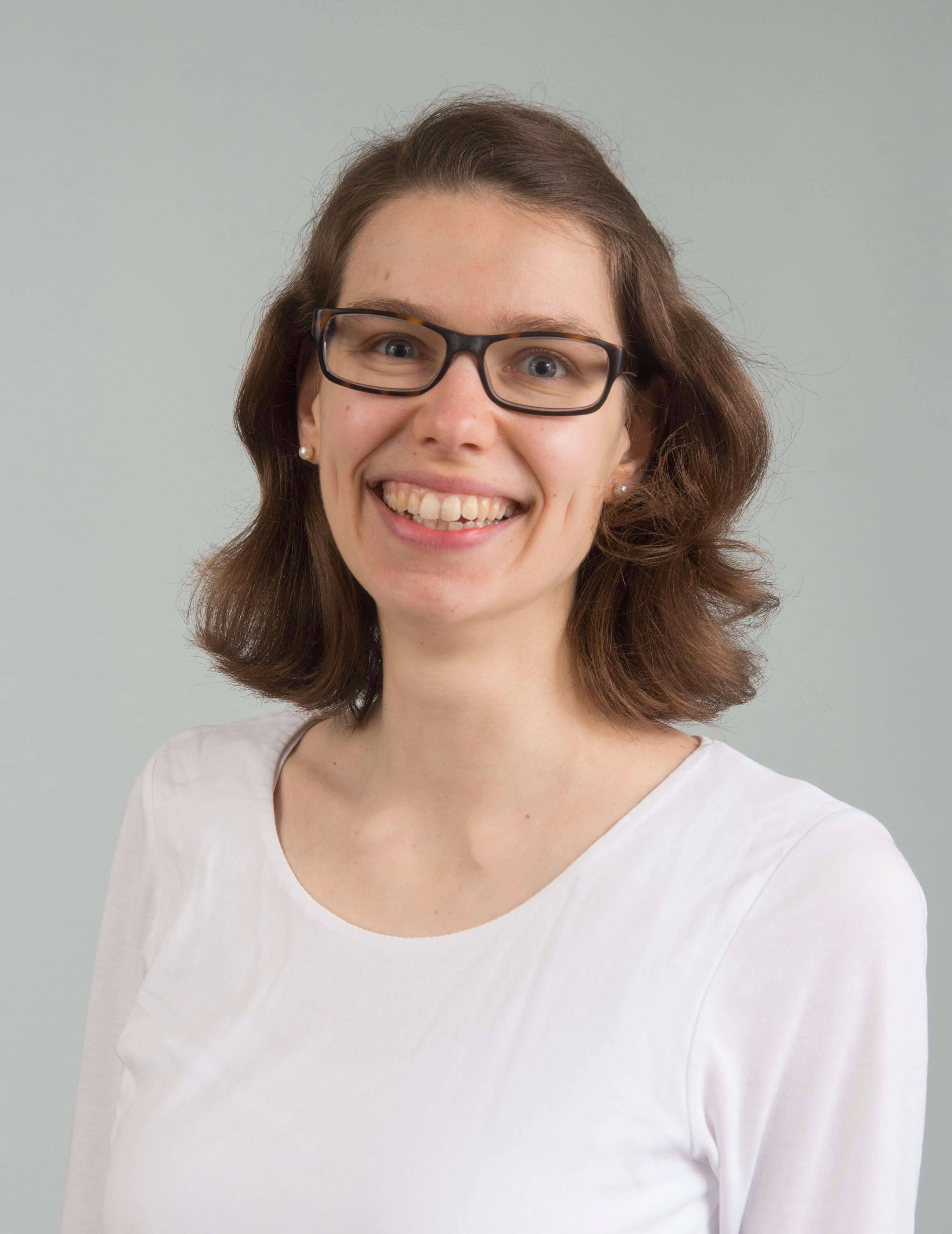
Dr. Friderike Longarino
To fully exploit the potential of particle therapy, it is essential to integrate improved imaging into the entire course of treatment. This project investigates how dual-energy CT can lead to better agreement between planned and delivered dose for tissues. The project also aims to examine how integrating MRI into particle therapy can further improve patients’ outcomes by enabling position monitoring and adaptive treatment procedures.
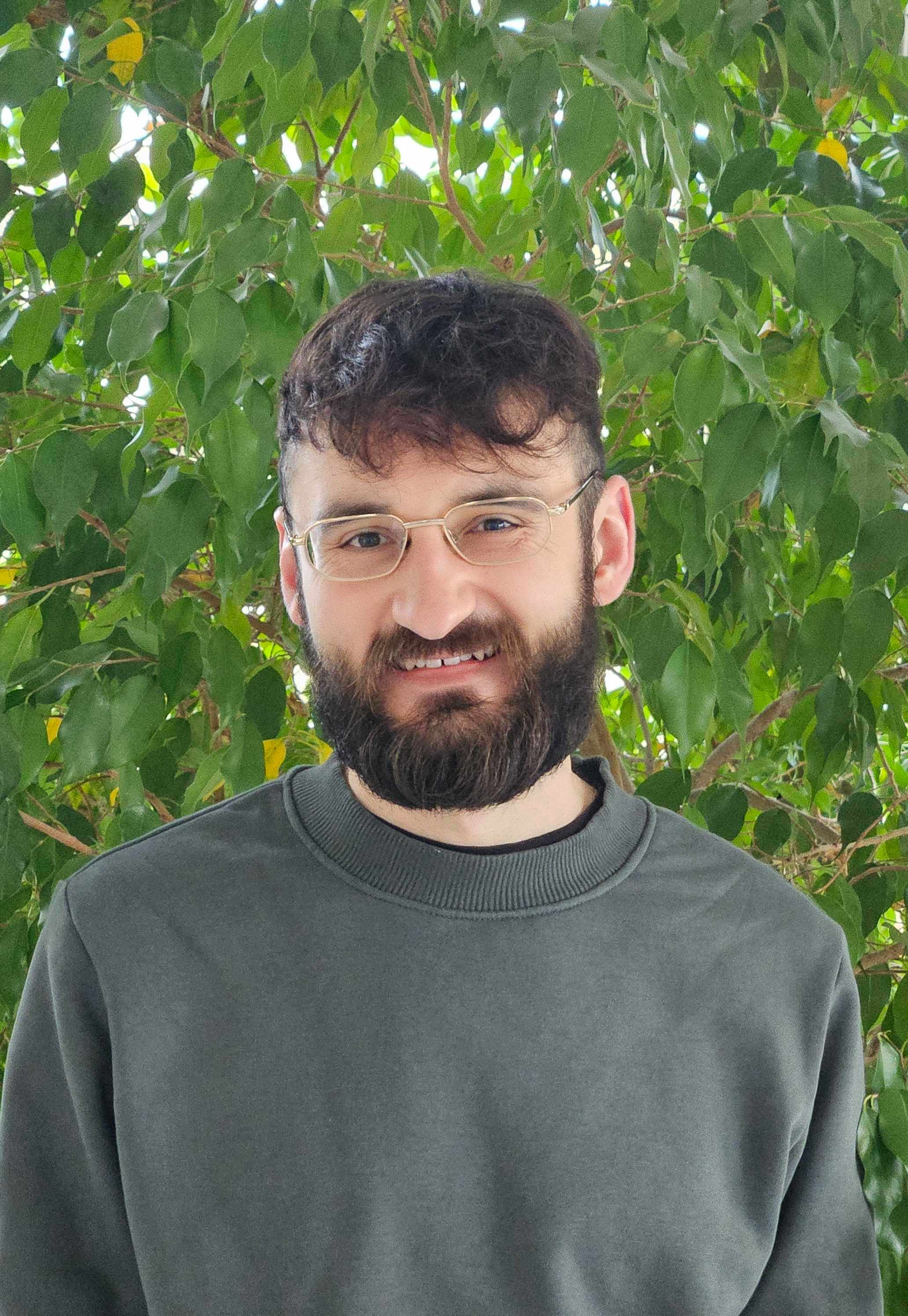
Dr. Peter Lysakovski
My research has been focused on developing a fast and accurate Monte Carlo dose calculation engine that is capable of simulating all clinically relevant particles at HIT – Protons, Helium ions and Carbon ions. In pursuit of this objective, my research branches into multiple domains, including physics, computer science and software engineering. Current and future areas of work include dose calculation in magnetic fields for adaptive radiotherapy, GPU acceleration, the integration of MonteRay into clinical practice as a QA tool.
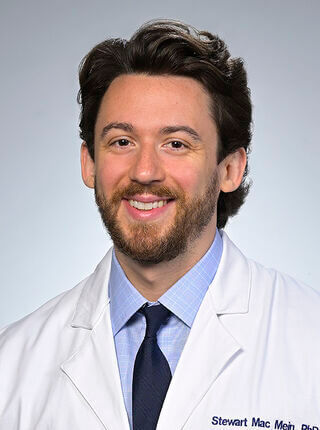
Dr. Stewart Mein
Particle arc therapy (PAT) with light and heavy ion beams is an emerging technology aimed at improving treatment precision, efficiency, and robustness. PAT involves rotating the patient positioning system and/or the gantry system, incrementally or dynamically, during irradiation to increase degrees of freedom in optimization of dose and LET distributions. BioPT is leading developments in arc delivery with ion beams at HIT, focusing on key areas such as treatment planning, optimization, delivery, dosimetry/QA, radiobiology, and clinical strategies.
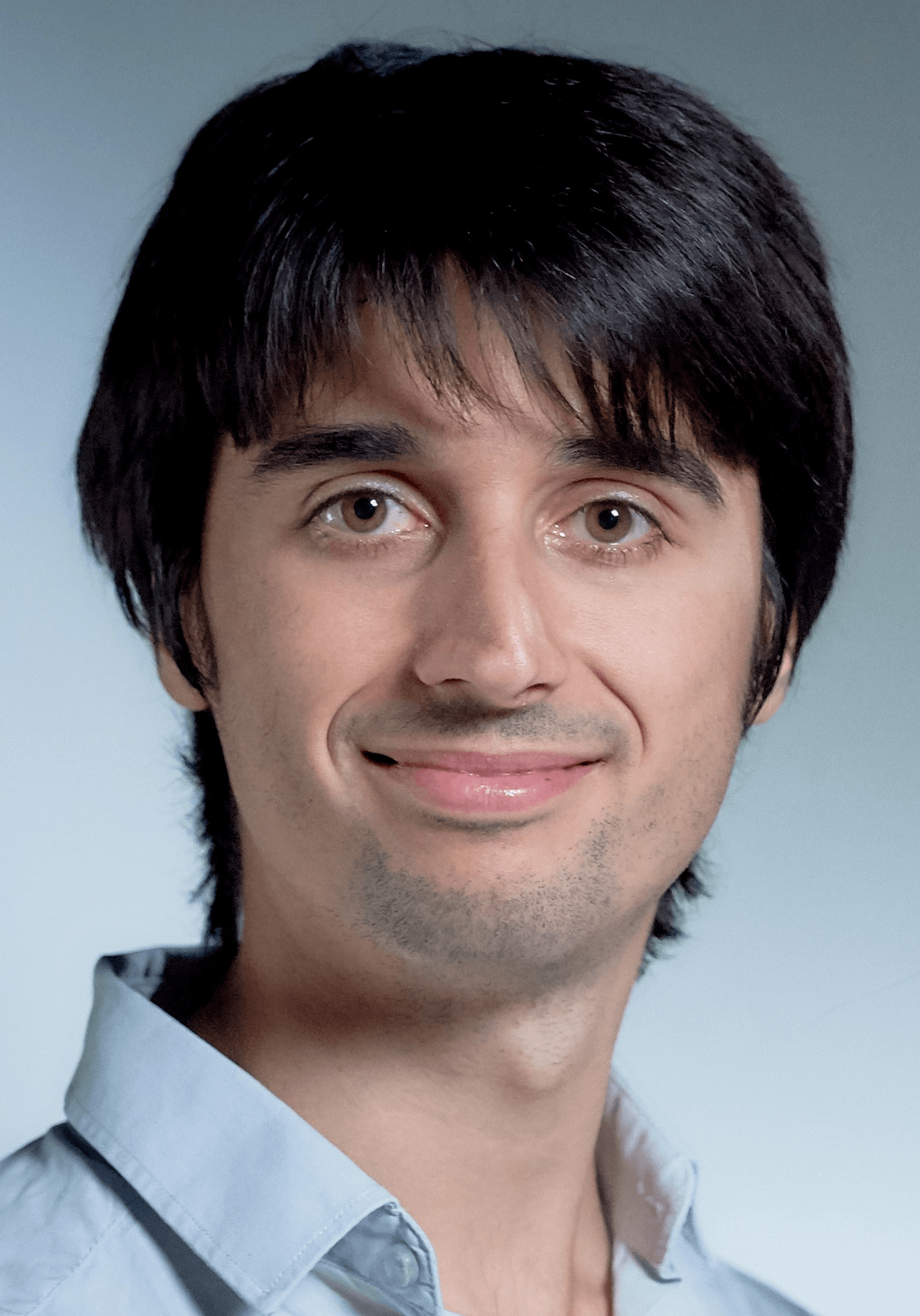
Dr. Thomas Tessonnier
At HIT, I work as a medical physicist specializing in treatment planning and supporting the integration of translational research into clinical routine. Within BioPT, my research covers several aspects from treatment planning to experiments. For helium ions, our work encompasses measurements and planning comparisons for clinical integration and trials. We also investigate carbon ions' clinical patient outcomes to assess current biological models and move towards more accurate dose prediction. Additionally, we explore new treatment strategies, e.g. FLASH, ion arc, LET optimization.
PhD Students
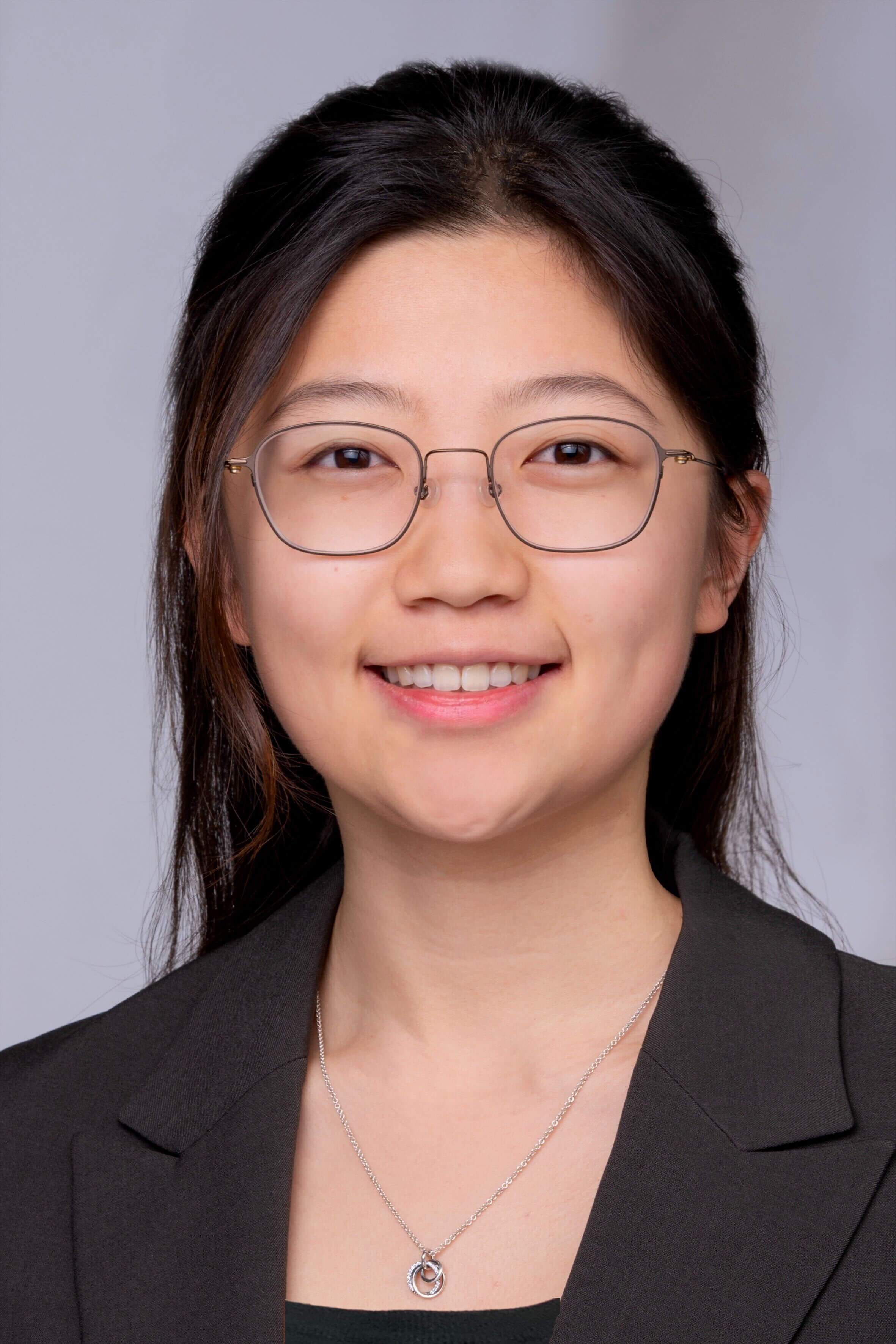
Hailey Ahn
My project aims to develop heavy ion beam modulators to protect normal tissue without compromising particle therapy efficacy. It consists of two parts:
1. 3D range modulators designed to achieve conformal dose distribution through monoenergetic pencil beams, thereby reducing irradiation time and facilitating FLASH dose rate delivery.
2. Mini-beam collimators for spatial fractionation of the radiation field, inducing unique biological responses to minimize normal tissue complications while enhancing tumor control.
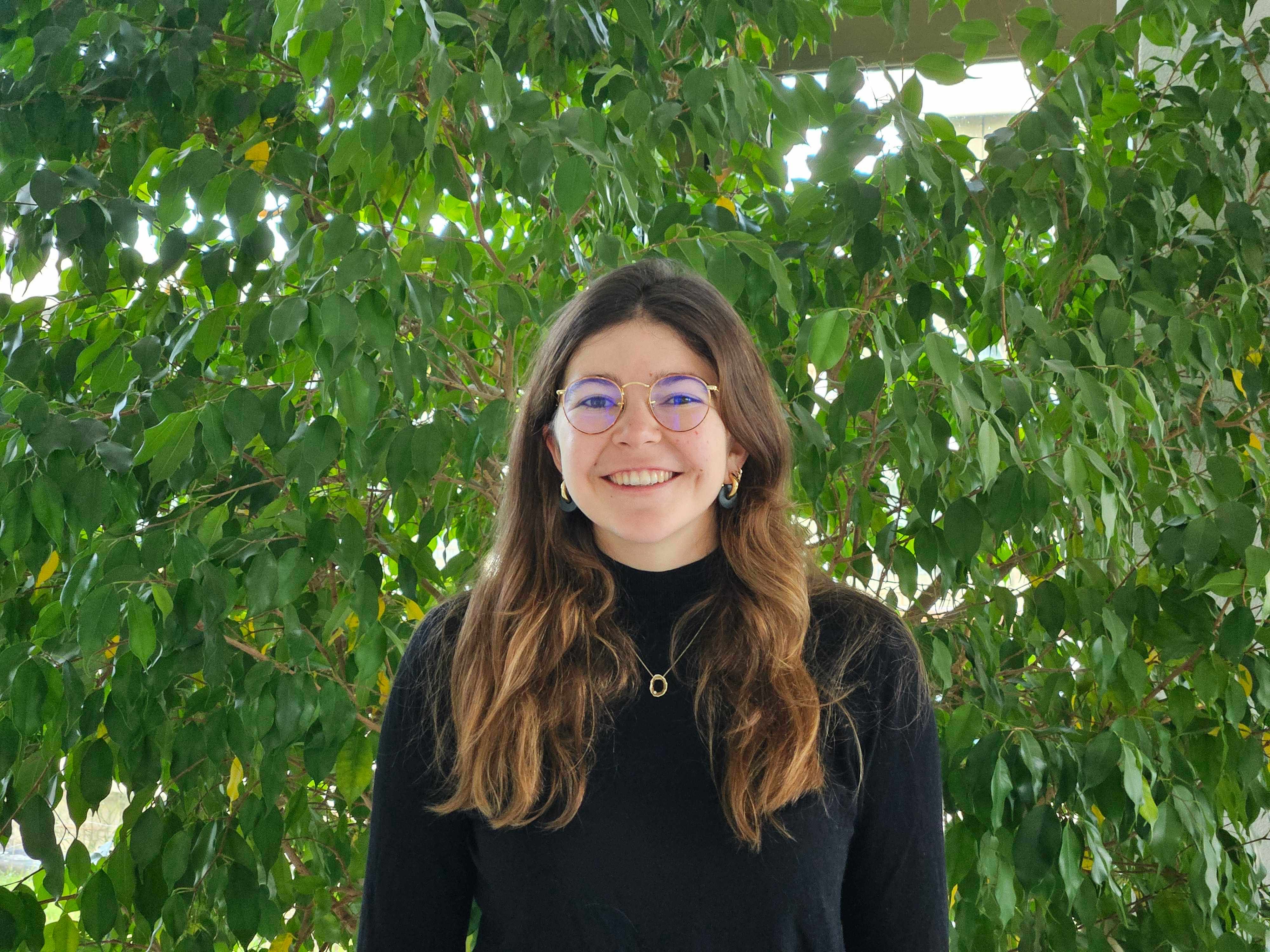
Filipa Baltazar
Carbon ion radiotherapy (CIRT) offers promise for pancreatic cancer due to its high linear energy transfer (LETd), potentially overcoming radioresistance which leads to a poor local control. My PhD project aims to evaluate CIRT's treatment planning aspects and study innovative planning strategies like Spot-scanning Hadron Arc (SHArc) and LETd optimization to enhance outcomes for this indication.
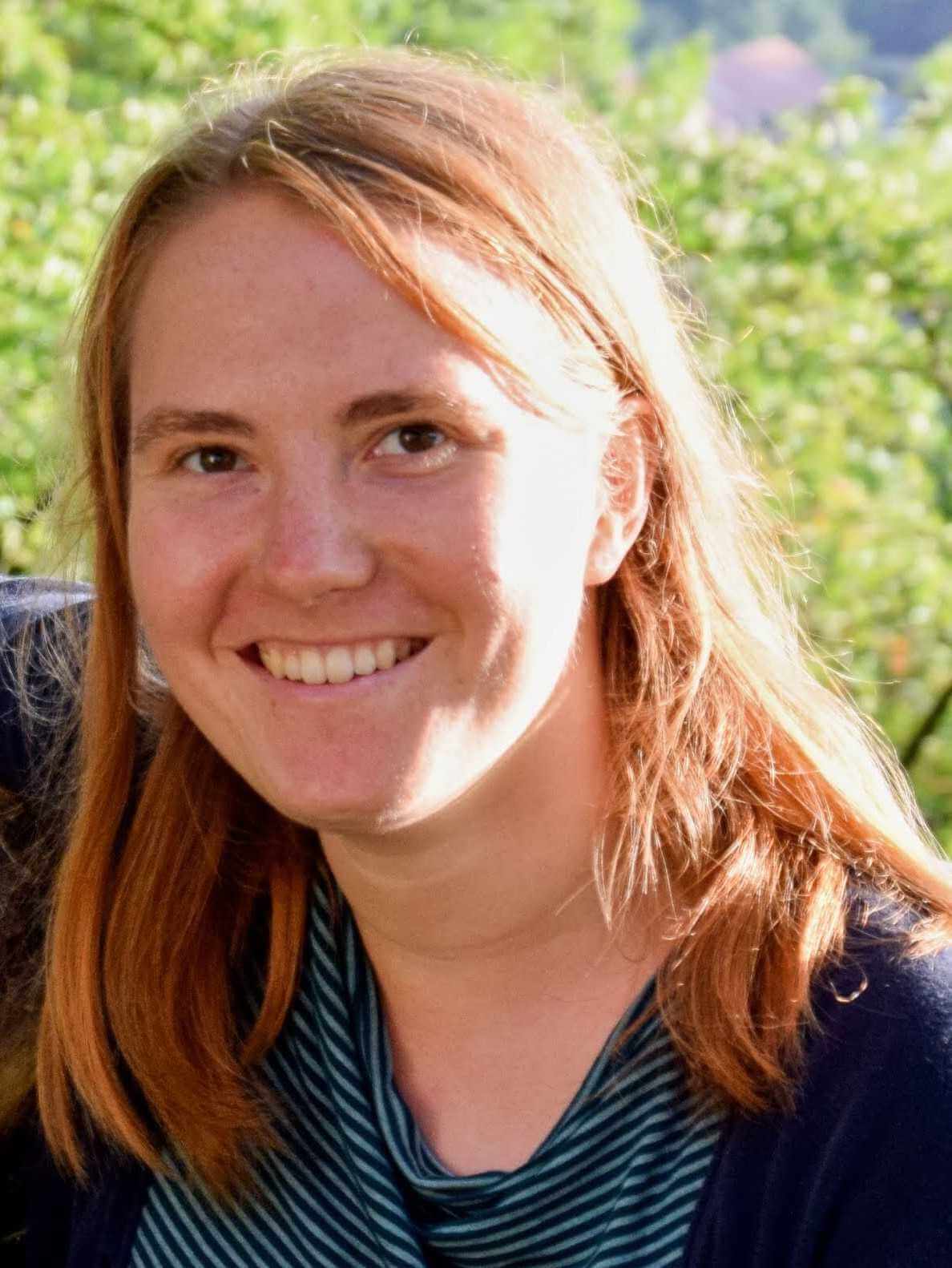
Judith Besuglow
Before any patient is treated with ion beams, we need to characterize them very precisely. Therefore, I measured the dose distributions of HIT’s helium ion beams and replicated them in a Monte Carlo simulation. Once the clinical treatment planning system based on these data had been commissioned, my focus shifted to potential clinical applications. Learning from previous clinical trials with protons and carbon ions, I estimate how tumor control rate and normal tissue complications probability could be improved with helium ions.
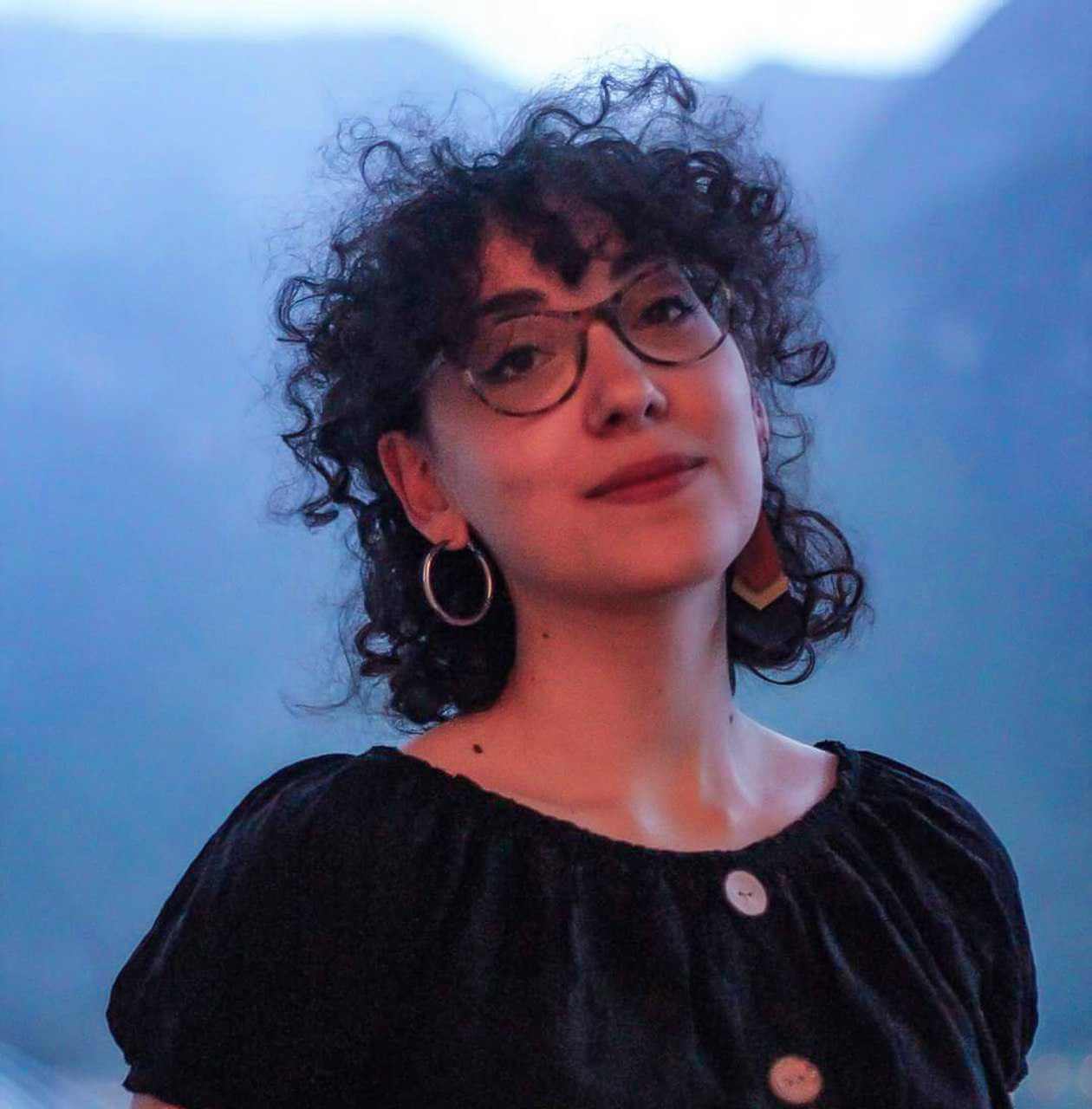
Yasmin Hamad
Variations in the stochastic energy deposition patterns of therapeutic beams, their magnitude and spatial distribution can lead to differences in the biological effects and clinical outcomes.
Therefore, measurements of LET distributions and the implementation of the measured information in simulation programs for a better prediction of the RBE is of great interest to fully exploit the therapeutic potential of ion-beam therapy. My PhD project aims to develop a robust method for measuring LET distributions with high spatial and temporal resolution.
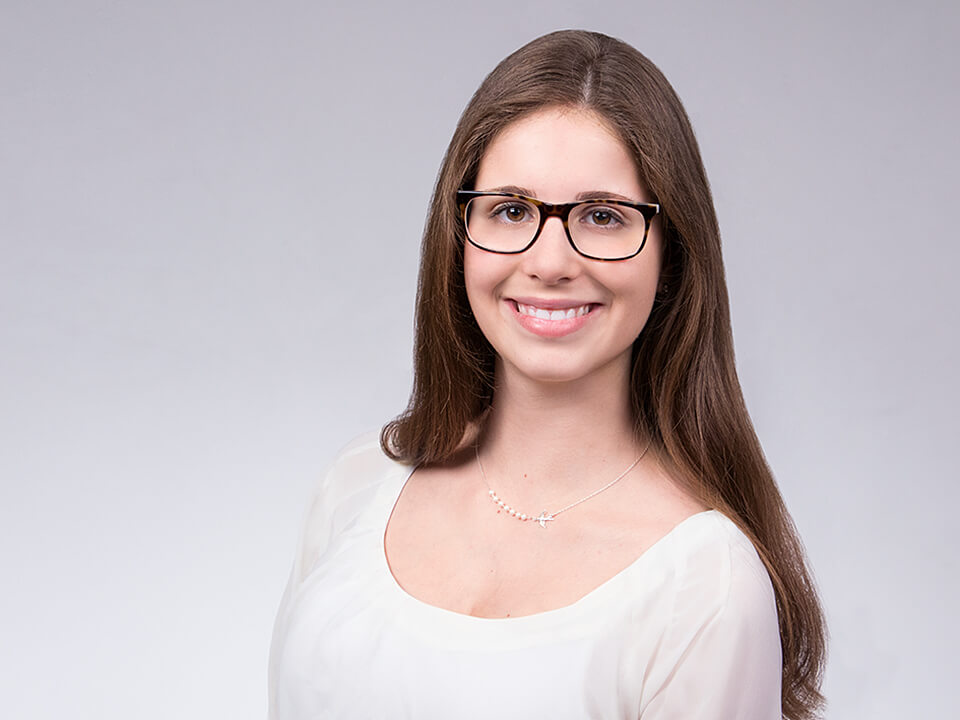
Celine Karle
Radiotherapy benefits from precise ion beams with conformal dose distribution, effectively covering the tumor. The promising FLASH effect, in which high dose rate radiation spares normal tissue while controlling the tumor, is the subject of recent research. My PhD delves into the advantageous combination of ultra-high dose rate irradiation and ion beams. The focus is not only on understanding the mechanisms behind the FLASH effect, but also on modeling, and predicting outcomes using Monte Carlo simulations.
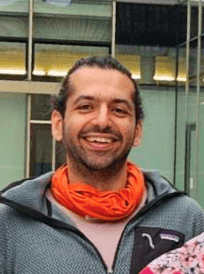
Ahmad Neishabouri
I'm working on developing an end-to-end, fully AI-based dose calculation engine for particle therapy, focusing on calculating physical dose, radiobiological dose, and LET weighted dose distributions. This project is an interdisciplinary research field that we initiated, and several other research labs are currently working on it. With the recent developments in AI, the field is at the forefront of medical physics and AI, exploring new methods in estimating particle dose distributions in super-fast runtimes.
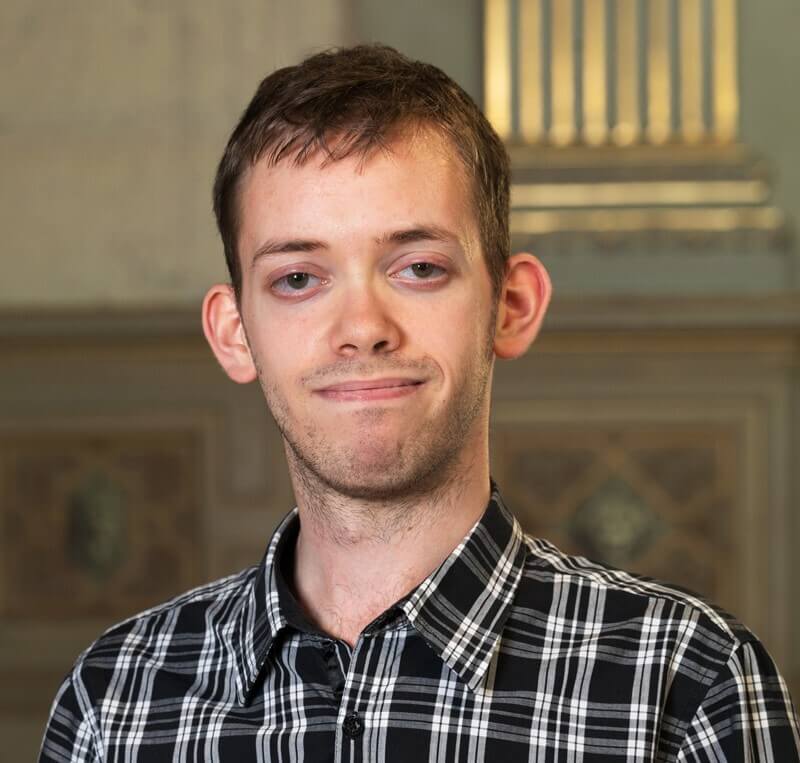
Selver Pepic
My PhD project focuses on developing multi-ion therapy, an approach where different ion species (e.g. p and C) are used together in a single irradiation plan. Coupled with a suitable plan optimization procedure, this would help combine the advantages (and avoid the disadvantages) of different ions, and would enable coverage of the tumor volume with a homogeneous dose-averaged LET. Together, this should lead to a better, more robust treatment, especially in large and hypoxic tumors.

